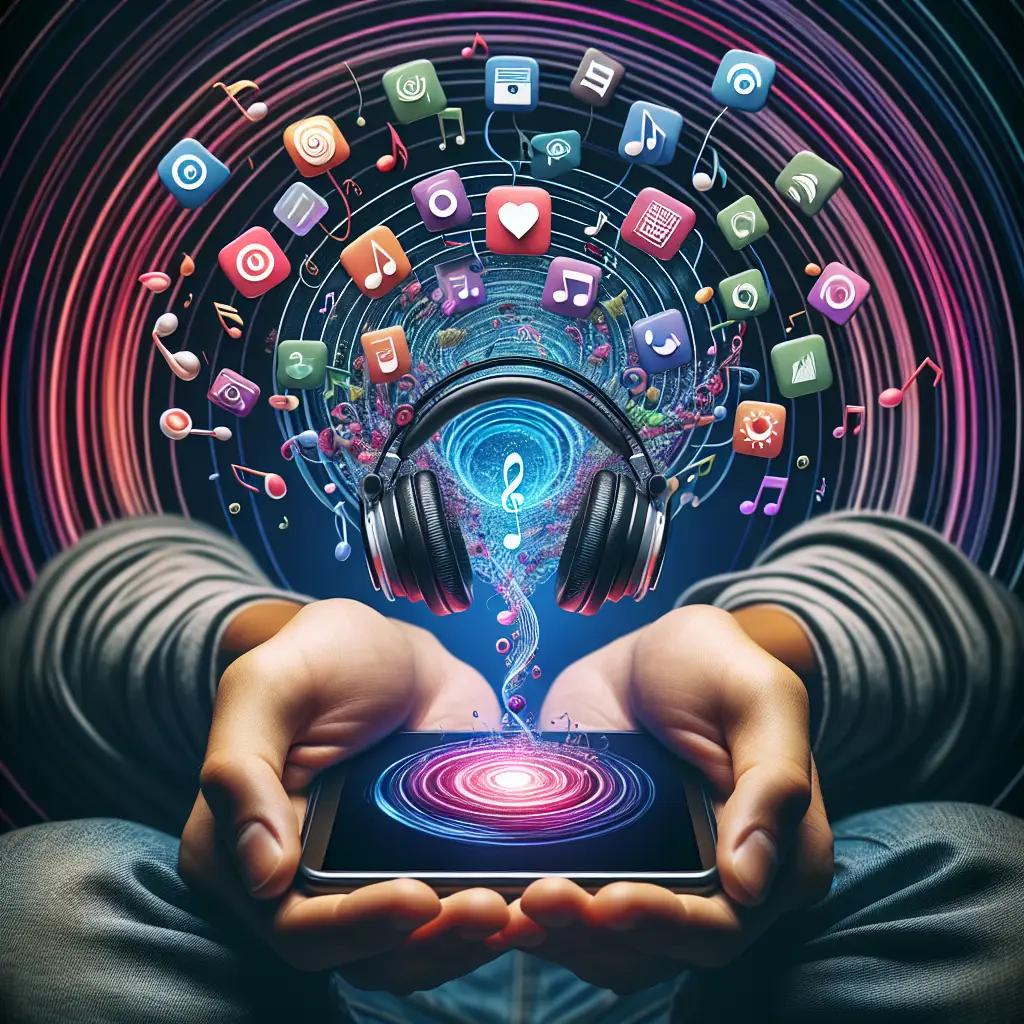Music streaming apps have undeniably revolutionized the way we listen to, discover, and interact with music. With their on-demand approach to music consumption, extensive accessibility, and tailored playlists, music streaming apps have redefined our engagement with the musical realm. This metamorphosis is acutely proven by the surging popularity and influence of platforms like Spotify, Apple Music, Amazon Music, and Pandora, to name just a few.
Indeed, the landscape of music listening has morphed dramatically thanks to these transformative platforms. Years ago, music enthusiasts had to buy physical copies of albums or singles, cassette tapes turned into CDs, which were eventually replaced by digital downloads. Yet, these modes of music consumption have been drastically overshadowed by the ease and flexibility of music streaming apps. Today, with just a few clicks or taps on a smartphone or a voice command to a smart speaker, millions of songs from around the globe are accessible within seconds.
This shift has largely been driven by the unparalleled convenience streaming platforms offer. Users can build their playlists, discover new songs via algorithms that match their taste, and enjoy music seamlessly across different devices. Furthermore, with offline play features, music continues to be accessible even without an internet connection. Each of these features contribute to the reshaped music consumption dynamic we are experiencing today.
Another transformative feature of music streaming apps is their propensity for personalization. Gone are the days where listeners had to manually create mixtapes or buy ‘Greatest Hits’ albums. Today, apps use complex algorithms to monitor listeners’ preferences, tailoring unique playlists and recommending tracks and artists based on the user’s listening history. Spotify’s ‘Discover Weekly’ and Apple Music’s ‘For You’ section exemplify this feature, personalizing user’s experience by suggesting new songs and artists to explore based on their musical palate. This kind of individualistic curation is an unmistakable reshaping of the way we discover and consume music.
Furthermore, music streaming apps transcend mere music listening; they also serve as platforms for music discovery. These applications are home to millions of songs and countless artists, providing listeners with a vast musical world to explore. This attribute has paved the way for listeners to venture across different genres, regions, and eras. Such exploration, bolstered by the amalgamation between machine algorithms and human-curated playlists, has resulted in music becoming more diversified and more globally unified.
Enhancing this element of discovery is the inclusion of social features within these apps. The incorporation of social connectivity in music streaming platforms allows listeners to share songs, playlists, or their musical tastes with their network of friends or the public. This fusion creates a social dynamic wherein users can discover music through those within their social network, providing yet another layer to the transformation of music consumption.
Moreover, the growth of music streaming isn’t just redefining the listener’s experience; it’s also reshaping the music industry’s business model. For the music industry, the ascendancy of streaming has marked a shift in revenue streams. The primary source of revenue has shifted from physical albums and digital downloads to streaming, with ad-sponsored free tiers and premium subscriptions generating income. In 2020 alone, revenue from streaming services constituted 83% of the total recorded music market value in the U.S, according to the Recording Industry Association of America (RIAA).
But, with the high level of convenience and user control over their music experience, some critics argue that streaming apps devalue music. They believe streaming’s easy access and relatively low cost compared to purchasing physical copies make the artistic efforts behind music creation seem insignificant. However, champions of streaming see the platform as a democratizing force—making music universally accessible and democratizing the discovery process, regardless of the size or prominence of the artist.
With the rise of streaming apps, interactive features like virtual concerts or ‘live’ streams have also come to the forefront, especially amid pandemic-imposed restrictions. These features allow fans to maintain a connection with their favourite artists, deepening their engagement and enhancing their listening experience.
Lastly, music streaming apps aren’t just affecting the way consumers find and consume music—they’re affecting how music is created. Trends in streaming have encouraged shorter songs and more frequent releases. Artists are opting for singles over albums, well-aware that releasing singles can keep them relevant in algorithms that favor new music.
In conclusion, music streaming apps are rapidly transforming the way we access, interact with, and perceive music. This digital evolution doesn’t seem to be slowing down, promising further developments and innovations to the music industry and music enthusiasts alike. So, as we continue to tap play, let’s relish in the notion that we’re part of a continually evolving music listening culture, curated by the rhythm and beat of new technology.
Share this content:
